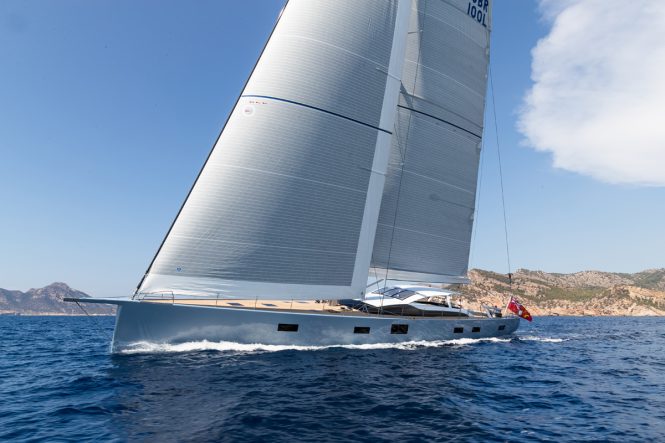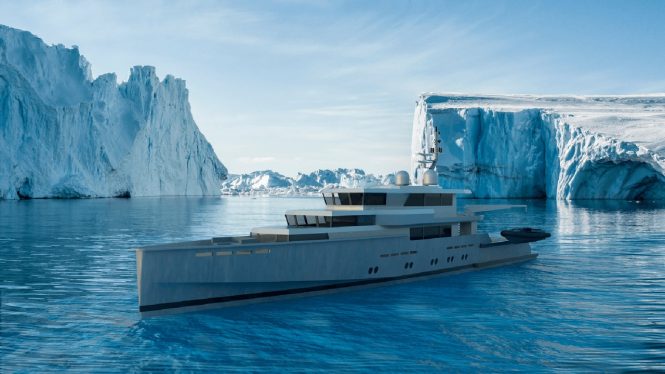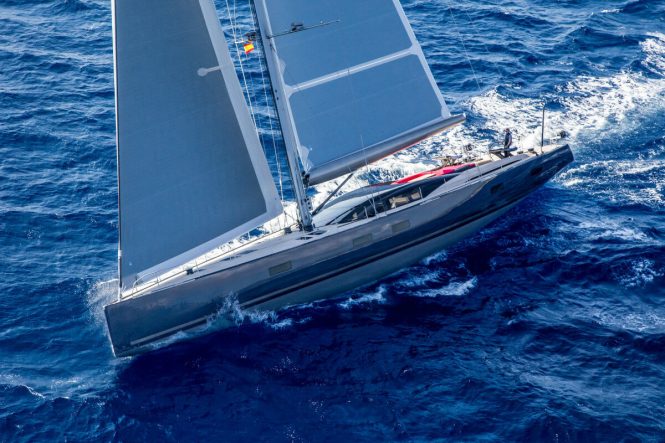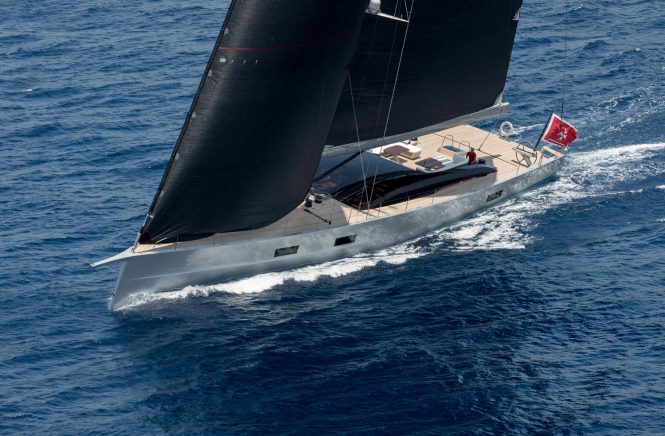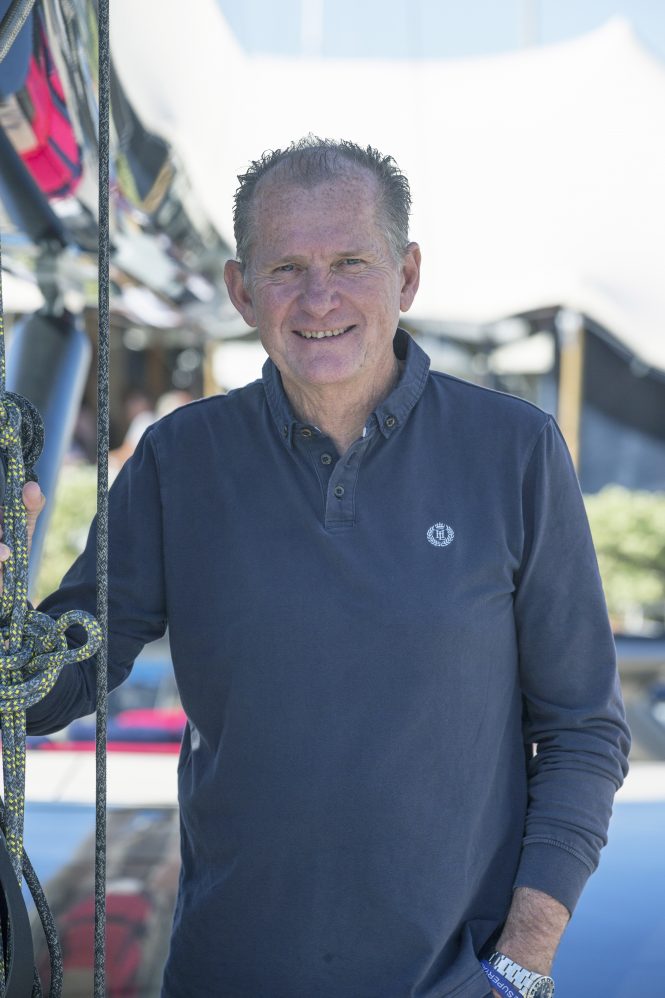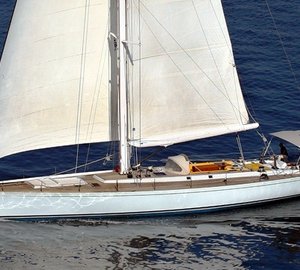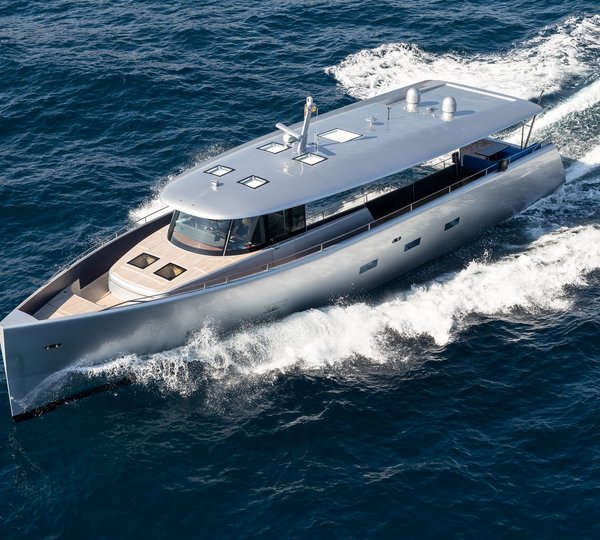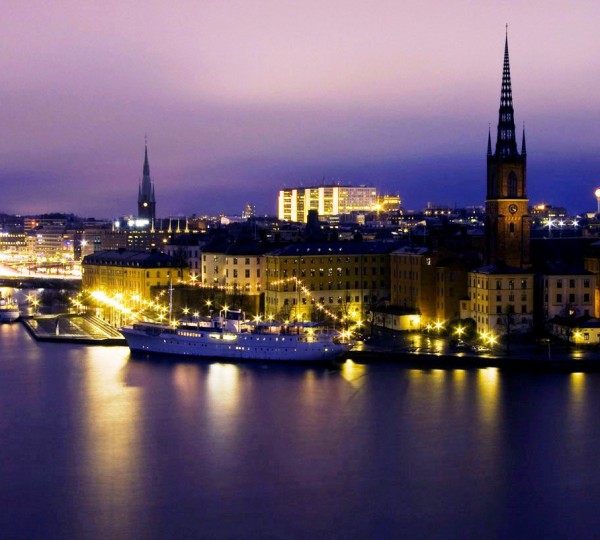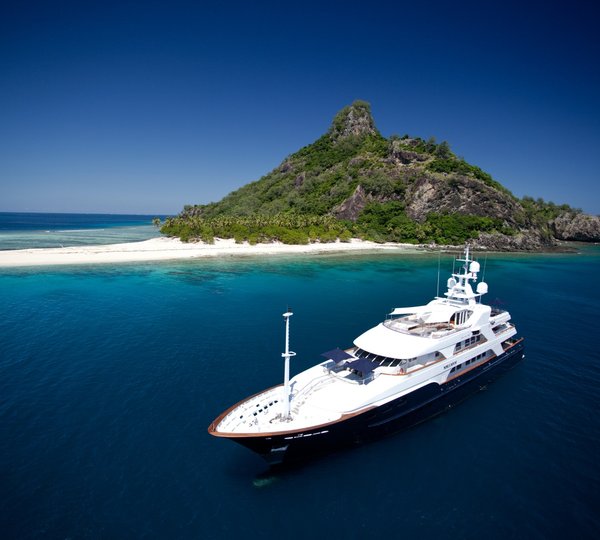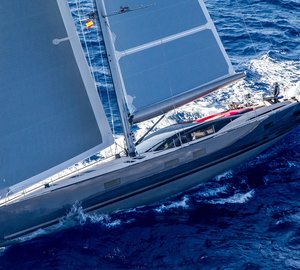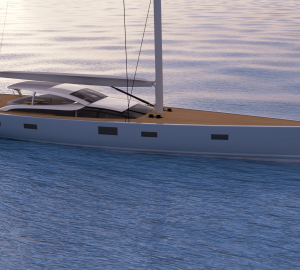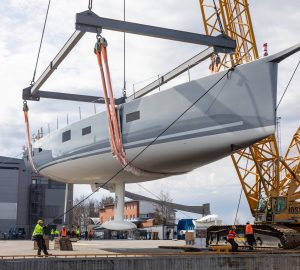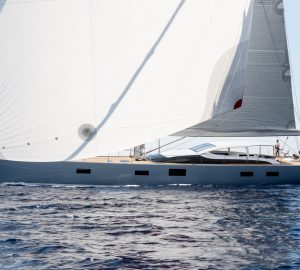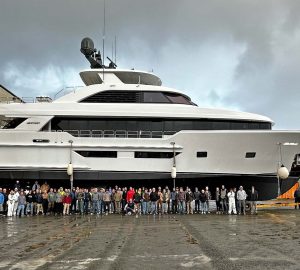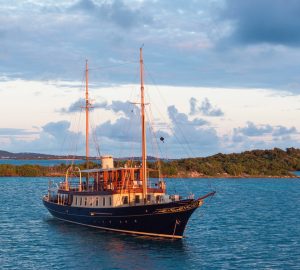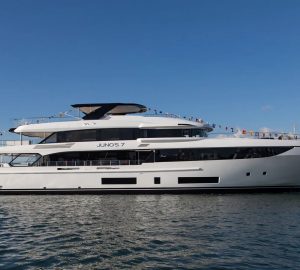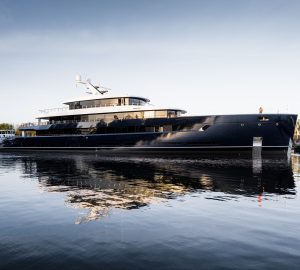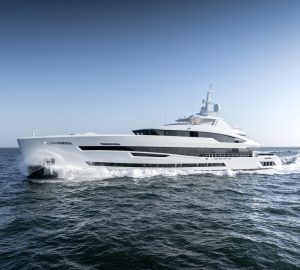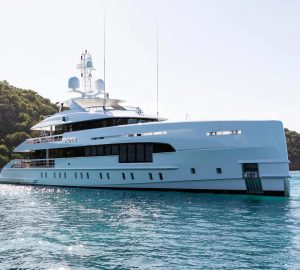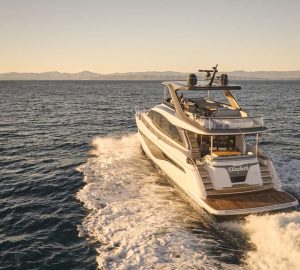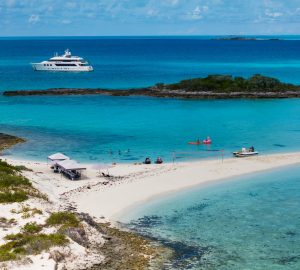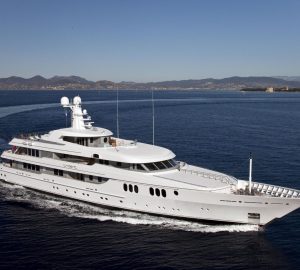Malcolm Mckeon is one of the luxury yachting industry’s most well-regarded designers, having more than three decades of experience specialising in sailing yachts such as S/Y RIBELLE, which won the Boat International World Superyacht Award 2018 category for Sailing Yachts – 30m to 49.9m.In an exclusive interview, he talks to CharterWorld about his latest sailing yacht LIARA, the expedition yacht MMX45 and what the future will hold for the sailing yacht industry and for Malcolm McKeon Yacht Design.
You have been designing luxury yachts for more than three decades, but what interested you in yacht design in the first place?
“It was a love of sailing which began when I was growing up in Fiji in the tropics, where it was also easier to get onto the water in a dinghy and start sailing. So from a young age, I was sailing a P-Class and when we moved to Hong Kong I moved on to keelboats.
My passion continued and of course, I was always inspired by the look of the latest designs. Once in a keelboat, there were also various Cups to enter and the boats got bigger and bigger, which I very much enjoyed looking at as well as sailing on.
I think that [visual appreciation] also came from my mum who’s an artist – she had a very creative side to her and I probably picked up on some of that. She taught me a bit about design and proportions so I then decided after I finished schooling that perhaps yacht design is where I wanted to go. So that’s where it all started.”
Tell us about the design choices behind your latest debuted yacht, S/Y LIARA, which was your first mono-hull to be built by Baltic Yachts.
“That was through an Owner I’d worked with before. It was 1993 and I was designing a 15m/50ft racing boat for him, he then came to me looking for a boat that he and his wife could comfortably cruise around the world with. At the same time you want to hold on to some performance because he’s an experienced sailor, but as the project developed he decided he wanted to take part in some regattas so we went on a weight-saving mission with Baltic Yachts.
[We also looked at] ways to reduce the drag of the boat and having a retractable propulsion system, a lightweight interior… [There were] some quite severe weight targets that Baltic had to meet. And at the same time, we didn’t want to compromise the noise levels and the comfort side of the boat.
So we designed and built a boat that would meet all his needs: It has a solid bimini which is removable and it will be removed for racing to improve weight, windage and improve visibility across the boat. And for cruising there all the comforts of a well-protected cockpit as it has a large sunroof arrangement in the bimini – which can be opened to expose the cockpit without having to remove the bimini.
It’s been a great experience and the boat’s certainly performed as well as we’d hoped and the Owner’s delighted; Baltic has done a great job.”
You recently released the MMX45 expedition yacht: How does she differ from previous projects?
“Most of the boats I design are sailing yachts – I have designed a number of motorboats – but this motor boat design is more of an expedition yacht: It’s more easily driven and eco-friendly [compared to most motor yachts]. People want to go farther afield and so [explorer yachts] have to be designed in a way that they can go [to remote areas] and encounter more severe weather conditions and be more self-reliant.
It’s an easily driven hull form, and with [sailing] yacht design we focus on reducing drag to improve performance so what we’ve done here is used a relatively narrow hull form to increase the boat range and reduce its power consumption. [There are] a number of internal viewing areas as the vessel is more likely to encounter more severe weather conditions.
Also being an explorer-type vessel it has plenty of deck space and storage areas for water toys and equipment for exploration. The design has a generous freeboard forward as it’s likely to encounter more severe weather conditions… So it’s a more rugged, aggressive look.
As concern over climate change rises, are more potential luxury yacht Owners looking to sailing yachts for a new experience as an eco-friendly alternative to motor yachts?
“We’re certainly seeing more inquiries coming from motor boat Owners, they’re looking for a greener lifestyle with much larger sail-assisted motor yachts. They’re also looking at ways to run the boats more carbon-neutral, so obviously a sailing yacht provides that but also we’re looking at technologies able to generate power through trolling propellers. Solar cell technology is also moving, but you really need so much of it to actually produce any significant amount of energy.
So really it’s trolling propellers and battery technology which is moving very quickly and we’re going to see batteries very soon that have four times the capability of the current technology. Therefore, you’ll see a lot more batteries in boats and trolling propellers to generate power so in the future you will be able to sail across the Atlantic without starting a diesel-powered generator.
Have there been any changes over the years to the kinds of Owners attracted to sailing yachts and how has this affected design? Is this changing the materials/design of vessels?
“I’m seeing a younger generation of Owner; they want more performance; they also require a lot more accommodation because of their young families. They also want to go farther afield and partake in regattas. The regattas are really good fun it’s a great way to experience the potential performance of their boats.
[In terms of materials], certainly in the lower length range: MISSY, RIBELLE and LIARA, they were all carbon fibre to be light performance-oriented boats.
Boats in the 50-60m range are more difficult to race efficiently – it can become quite dangerous, to be honest – but that doesn’t stop Owners wanting to reduce weight where we can to increase performance and reduce operational costs. It’s something that everyone is really focusing on; a greener image. Building a large custom yacht is not a carbon-neutral process but certainly one could run them more efficiently.”
What innovations in the yacht design can we expect in the future?
“People are looking for a greener way to run these boats. It’s at the top at everybody’s mind at the moment, and that’s certainly what we hear with the inquiries we’re getting at the moment – how we can reduce the running costs, both in terms of fuel burn and the number of crew. It’s really more about energy-saving so that’ll drive us into lighter construction and more performance for a given volume and given accommodation. [Lighter construction] raises another issue, which is cost: The lighter the boat is, the more it’s going to cost, but that’s something an Owner has to decide which way they want to go with it.”
What about onboard amenities?
“Owners are certainly looking towards more toy storage which in the past has been lacking on sailboats. You’ll see more glass for a better connection with the water and outside environment: The larger the boat gets, the more distant from the outside environment, which is really why you want a boat in the first place. I’ve always been pushing for more glass on boats. The classification societies are coming around to the fact that they’ve got to accept that glass is to be used as a structural material: The building and car industry have been doing that for years, so they just have to accept that as well – that we can get more glass and better visibility from these boats and certainly space for more toys and equipment.
And for the boats that want to go farther afield we’re looking at polar codes and all sorts of things for expeditions, soon we’re going to see more expedition sailboats as well.”
What advice would you give to the next generation looking at a career in yacht design?
“One would have to have a proper understanding of sailing yacht design; how a sailing yacht performs and how it works and having a true passion for design. I think those are the key things. It’s not an easy industry to be in: It’s very small, it’s very competitive so you must be totally committed to it.”
Are there any other upcoming projects to keep our eyes on?
“We’ve got out latest 60m/196.8ft which is being built Vollenhoven at the moment; it’s just started construction so she will be out in a couple of years. We’re working on designs for two large sailing yacht projects. We haven’t chosen builders yet but that will happen, hopefully in the coming months.”
Sailing yacht LIARA will be racing in the Antigua Superyacht Cup followed by the Saint Barth’s Bucket before she cruises to New Zealand for the Millennium Cup in 2021.
There’s certainly more interest in the sailing yacht market than people have been saying: I think we’re going to see a change coming up.”

